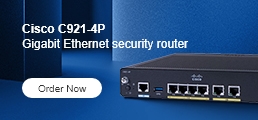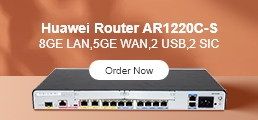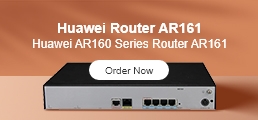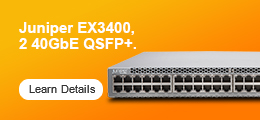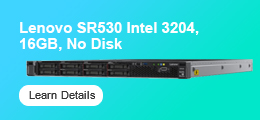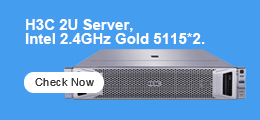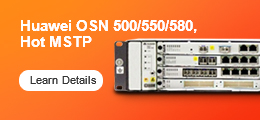A common challenge for network administrators is dealing with dropped packets or storage timeouts after enabling jumbo frames. This guide explains how jumbo frames work, why they fail, and exactly how to configure and verify MTU settings on your Cisco 9300 switch.
What Are Jumbo Frames and Why Do They Matter?
Jumbo frames are simply Ethernet frames with a payload larger than the standard 1,500 bytes—typically set to 9,000 bytes for modern networks. Their purpose is efficiency: by sending more data in a single frame, they reduce protocol overhead and lower CPU load on both the switch and connected devices. This is especially critical for high-throughput applications like iSCSI, NetApp storage, and large data backups.
The catch? Every single device in the data path—from server to switch to storage—must be configured with the exact same MTU (Maximum Transmission Unit) size. If even one link in the chain doesn't support it, jumbo frames will be dropped, leading to severe performance issues or complete connectivity loss.
Why Your Jumbo Frames Are Failing: The Top 5 Causes
If you've enabled jumbo frames but they still aren't working, the problem is almost certainly one of these five common issues. Before re-configuring anything, check this list first:
- MTU mismatch: All devices—servers, switches, routers, and storage—must have matching MTU settings (e.g., 9000 bytes).
- Switch reload skipped: After changing
system mtu, a reboot is required. - Missing
ip mtuon a Layer 3 Interface: If your traffic crosses a VLAN boundary (using a Switch Virtual Interface, or SVI), that SVI has its ownip mtusetting. This must also be set to match the jumbo frame size. This is a very common oversight, as demonstrated in this real-world troubleshooting thread on the Cisco Community. - Firmware bugs: Some IOS XE versions (e.g., bug ID CSCvh04282) may not correctly apply MTU changes. Use a stable recommended release.
- Duplex mismatch: Though rare, interface mismatches in speed/duplex can cause packet drops, exacerbated by jumbo frames.
Step-by-Step: How to Enable Jumbo Frames on Cisco Catalyst 9300
There are two main MTU settings available on the Cisco 9300:
- System MTU (Global setting) — affects all interfaces. Requires a switch reload.
- Per-Interface MTU (Port-level) — optional override, available in newer IOS XE versions (17.1.1+), no reload required.
1. Set Global MTU (Recommended)
configure terminal
system mtu 9000
end
reload
⚠️ A reload is required for system mtu changes to take effect. Choose a value (like 9000) consistent with your servers and NetApp systems.
2. Set Per-Port MTU (Optional)
configure terminal
interface GigabitEthernet1/0/1
mtu 9000
end
This override is useful if only specific ports (e.g., uplinks, iSCSI interfaces) require jumbo frames.
How to Verify Jumbo Frame Configuration
- Check system MTU:
show system mtu- Check interface MTU:
show interfaces GigabitEthernet1/0/1 | include MTU- Check for errors or frame drops:
show interfaces GigabitEthernet1/0/1 counters errors
show controllers ethernet-controller GigabitEthernet1/0/1 | include ValidOverSize- Ping test with jumbo payload:
From switch:
ping size 8972 df-bitping -f -l 8972ping -M do -s 8972
Final Tips
- Always ensure MTU consistency across the entire data path.
- Reload the switch after global MTU changes.
- Use jumbo frame ping tests to identify hidden mismatches.
- Stay updated with Cisco bug advisories.
If you're still having issues or need help choosing the right switch for your storage infrastructure, explore our full range of Router-Switch or contact our technical team for personalized support.




